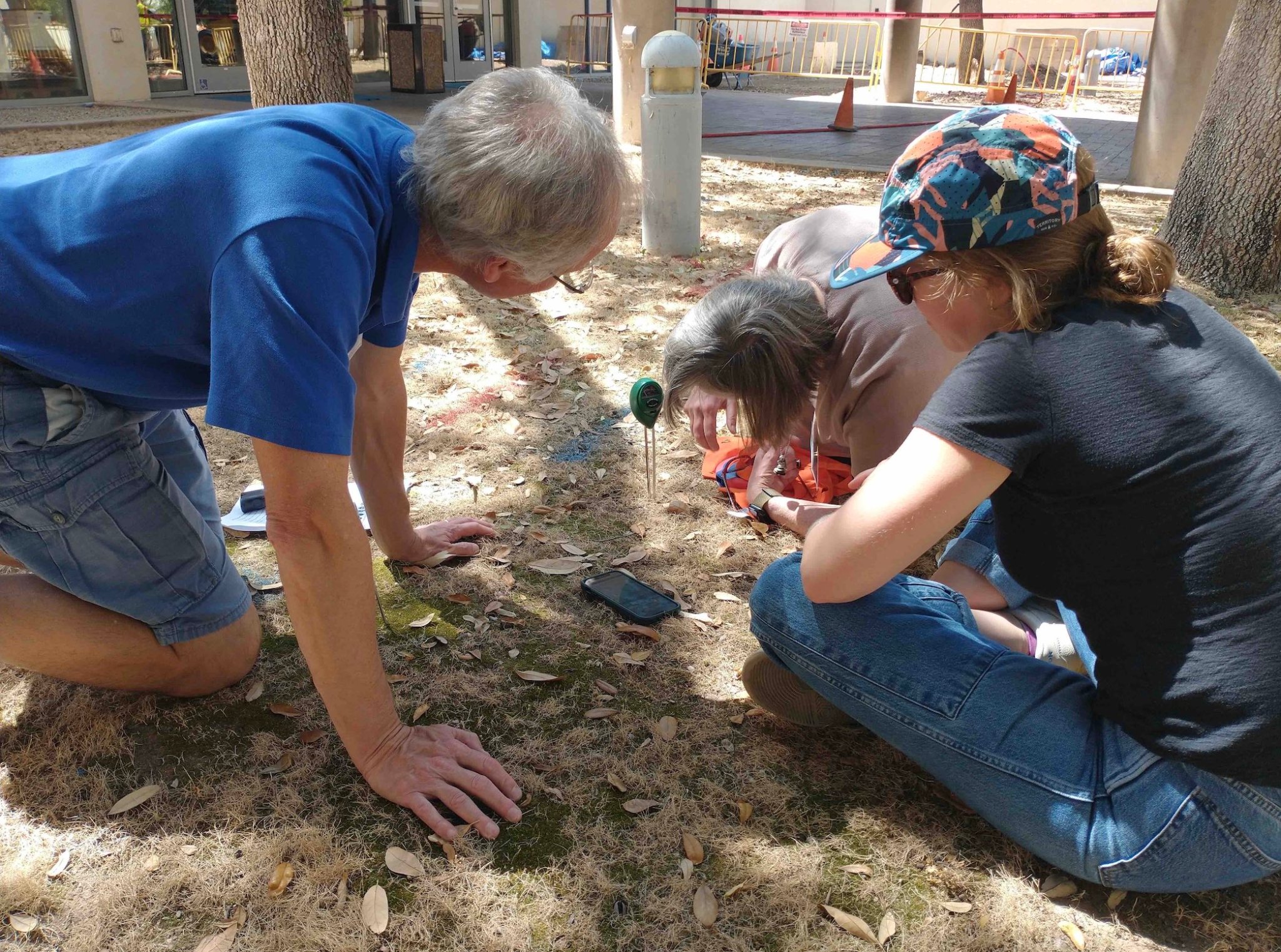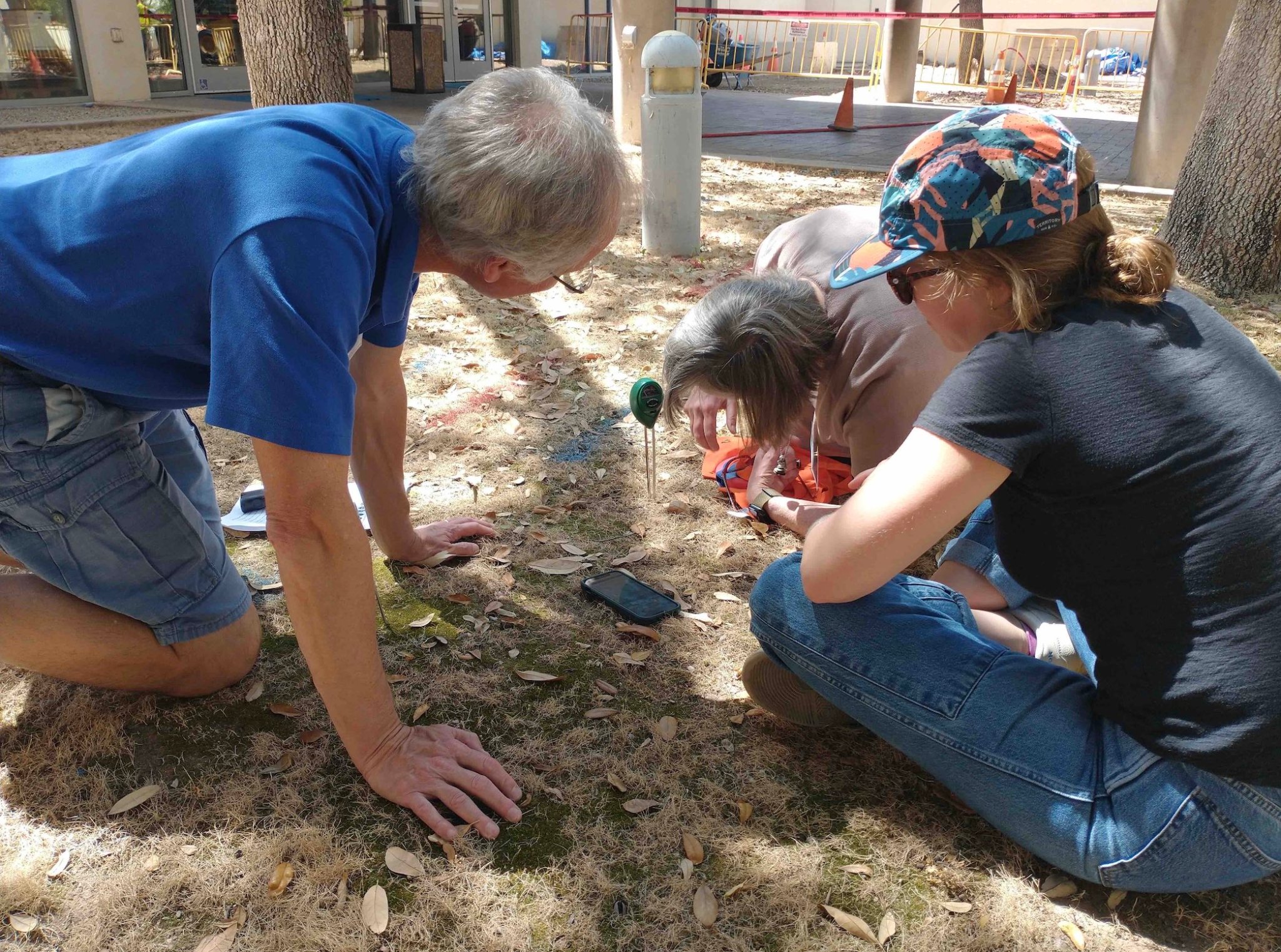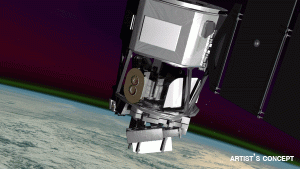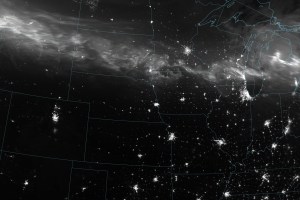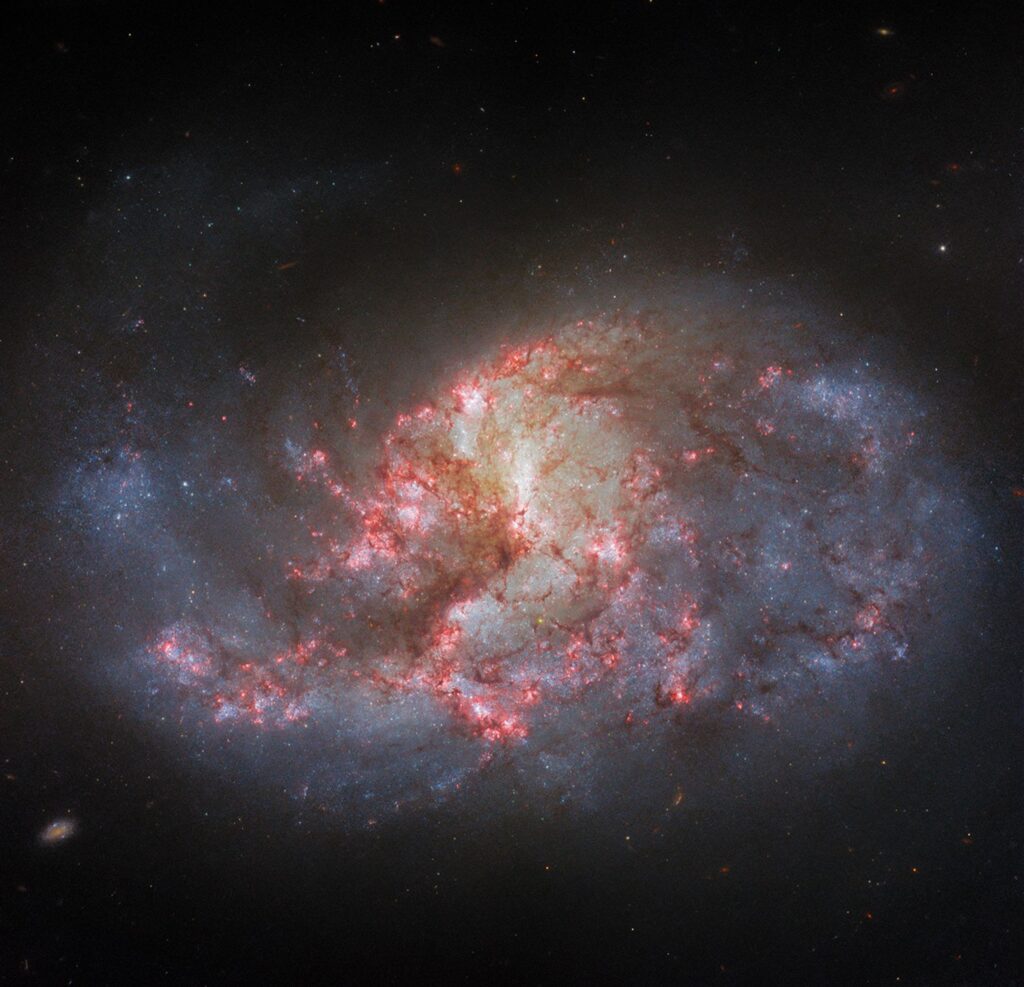2 min read
PLACES team publishes blog post on NextGenScience Blog
The NASA Science Activation program’s PLACES (Broadening Data Fluency Through the Integration of NASA Assets and Place-Based Learning to Advance Connections, Education, and Stewardship) team – which focuses on supporting educators to implement Place-Based, Data-Rich (PBDR) instruction using NASA assets in their own contexts – recently published a blog post about the PLACES PBDR framework on the NextGenScience blog, On the Same Wavelength.
PBDR instruction uses place, data, and science together to create contextually rich, rigorous, and meaningful learning experiences. This first-ever public share of the PLACES framework for PBDR instruction dives into instructional design, pedagogy, assessment, and other topics related to K-12 science education. In practice, PBDR can unfold in a variety of ways. The blog post outlines PBDR instruction from a pedagogical standpoint, shares some examples of what PBDR looks like in practice, shares perspectives of PBDR instruction from pilot study teachers, and details the next steps for the PLACES project. It also offers examples of ways the NASA Science Activation network can implement the framework in their own contexts. The PLACES team hopes that others within the Science Activation community will take up the PBDR framework and provide feedback about how using the framework unfolds.
Next steps for the PLACES project will include (1) leading the 3rd professional learning summer institute at the Gulf of Maine Research Institute in August, and (2) integrating materials from the pilot study and year 2 summer institute teachers, feedback from teachers and partners, and learning outcomes as they improve their professional learning experiences. The PLACES team would like to thank the NextGenScience team for their support in publishing the blog post. Please visit the PLACES team website for more information about the PBDR framework.
PLACES is supported by NASA under cooperative agreement award number 80NSSC22M0005 and is part of NASA’s Science Activation Portfolio. Learn more about how Science Activation connects NASA science experts, real content, and experiences with community leaders to do science in ways that activate minds and promote deeper understanding of our world and beyond: https://science.nasa.gov/learn
